Muslims worldwide celebrate end of Ramadan with Eid ul-Fitr
-
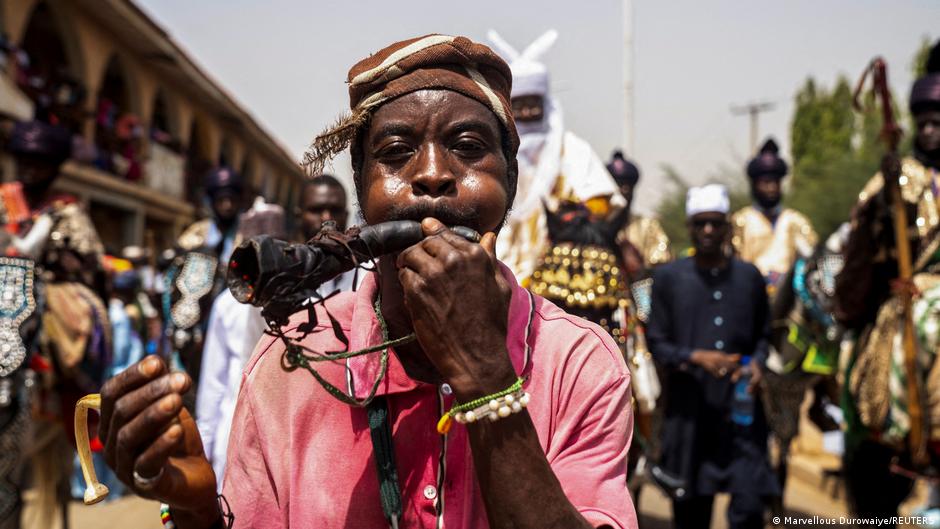
(image: Marvellous Durowaiye/REUTERS) -
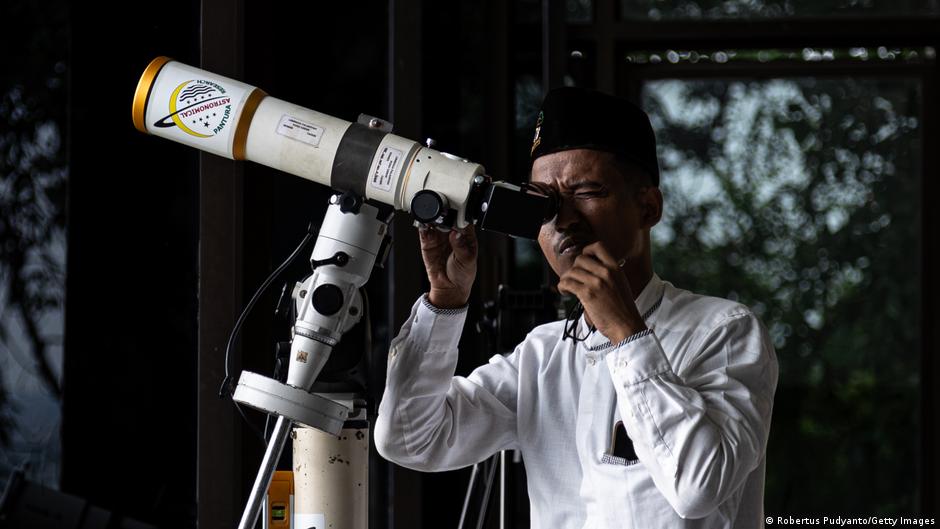
New crescent moon signals end of Ramadan: Ramadan, a period during which Muslims fast from sunrise to sunset, lasts one lunar cycle and ends with the confirmed sighting of the next crescent moon. Adherents celebrate the end of the holy month with the Eid ul-Fitr holiday (image: Robertus Pudyanto/Getty Images) -
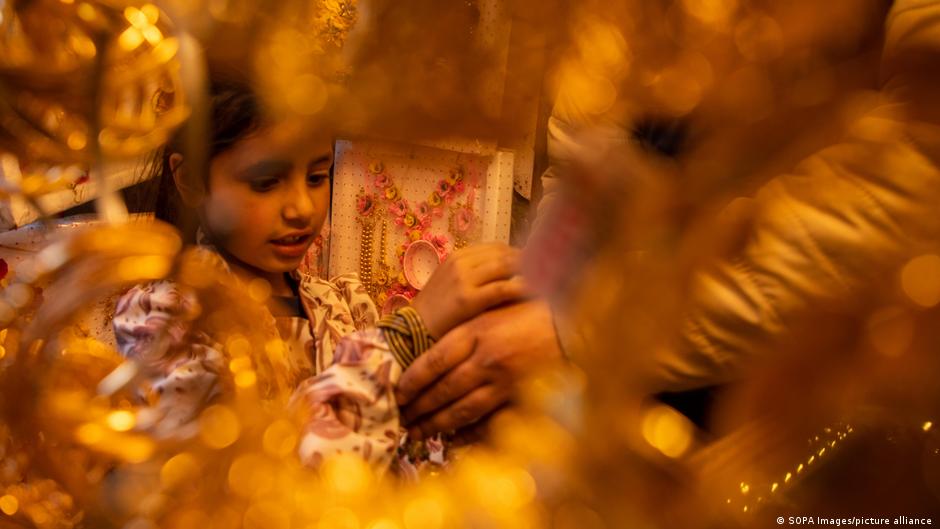
A time of gift-giving: Eid ul-Fitr, which lasts three days, is a spiritual and social holiday that celebrates the month-long self-purification and devotion to Allah practiced during Ramadan. Traditionally, Muslims dress up for Eid ul-Fitr and children are given money, sweets, clothes or jewellery (image: Faisal Bashir/SOPA Images/Sipa USA) -
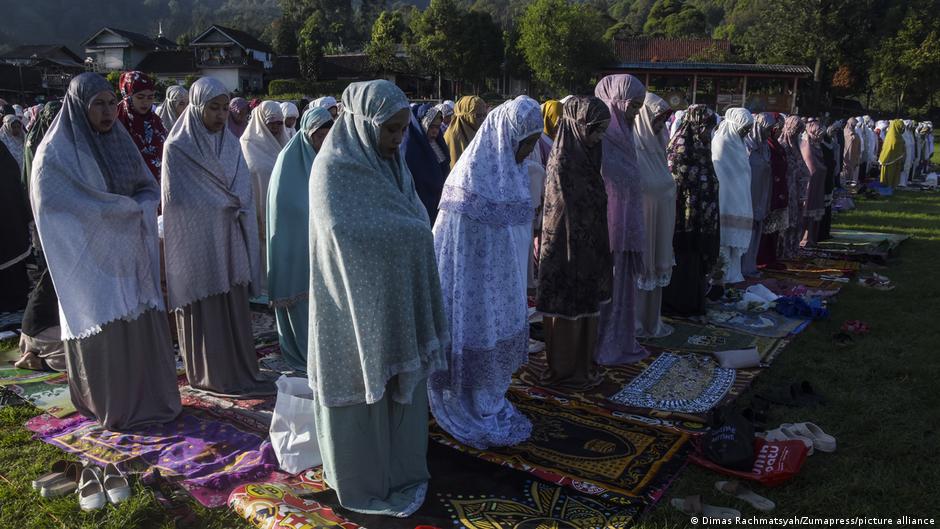
Morning prayer: The Salat al-Eid morning prayer marks the beginning of Eid ul-Fitr and is followed by the first daylight breakfast after four weeks of fasting. Here, women are seen performing the prayer in Bandung, Indonesia (image: Dimas Rachmatsyah/ZUMA Press Wire) -
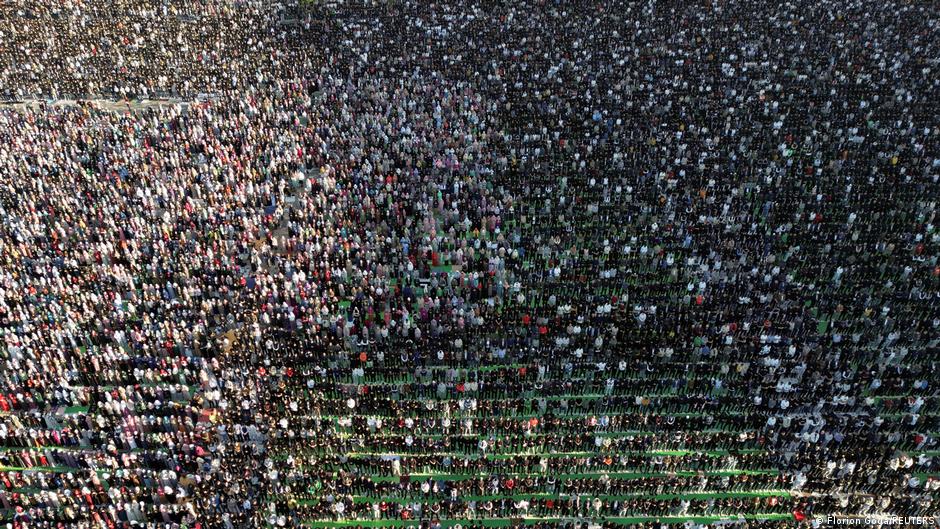
Mass prayers all over the world: A drone is the only way to photograph the huge crowd gathered on Skanderbeg Square in Albania's capital Tirana for Eid ul-Fitr prayers (image: REUTERS/Florion Goga) -
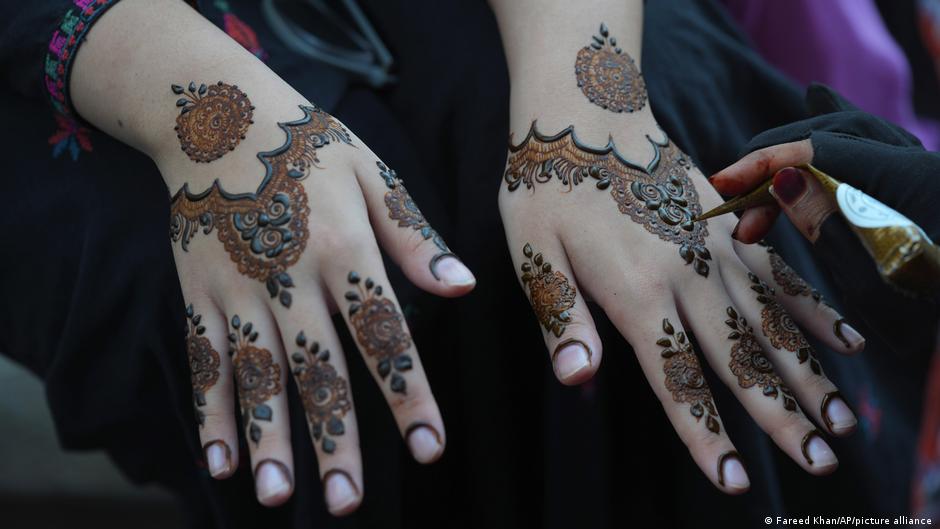
Henna on hands: It's common to see Muslim women with intricate henna designs painted on hands and arms for Eid ul-Fitr. Applying henna is also customary during weddings. The tradition originates from the Levant (image: AP Photo/Fareed Khan) -
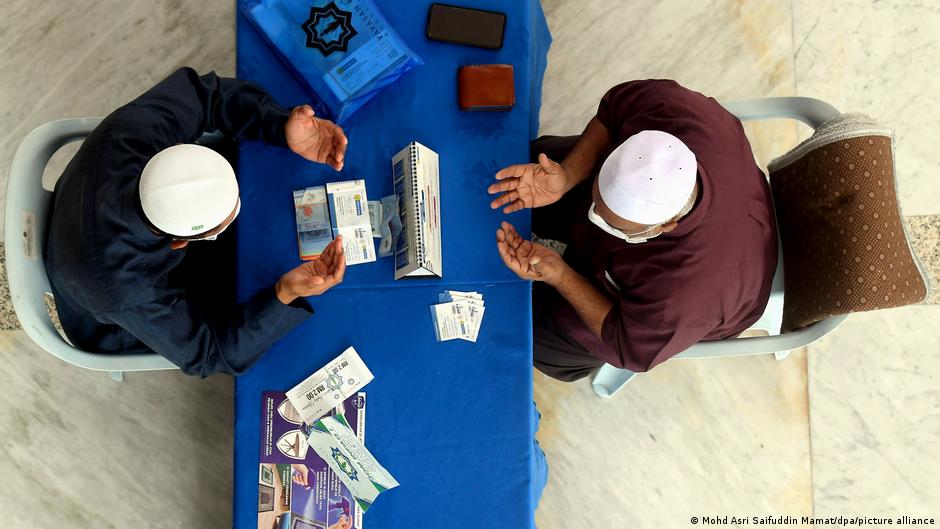
Sharing the wealth: Giving to people who need help plays a big role during Ramadan and Eid ul-Fitr. Indeed, Zakat – one of the five pillars of Islam – obliges Muslims to donate a portion of their wealth to charity (image: AFP/picture-alliance) -
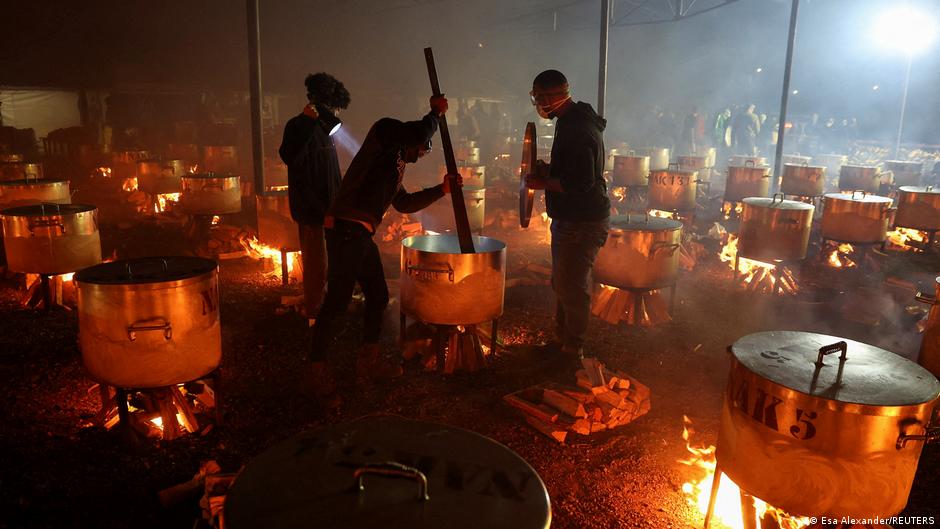
Feeding the poor: Volunteers from an NGO in Cape Town ensure that even the poorest can take part in the ritual of breaking the fast. Here they prepare dishes for needy families in over 180 cooking pots (image: REUTERS/Esa Alexander) -
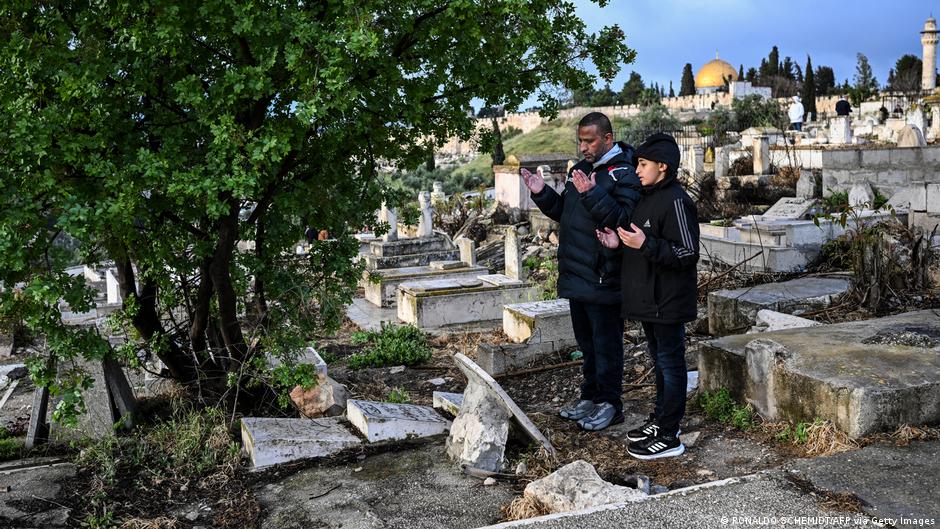
Commemorating the dead: Eid ul-Fitr is not just a celebration. This period is also time to settle disputes and commemorate the deceased. Many make time to visit cemeteries and pray for the dead. Pictured here is a Muslim graveyard outside the Old Town of Jerusalem (image: RONALDO SCHEMIDT/AFP via Getty Images) -
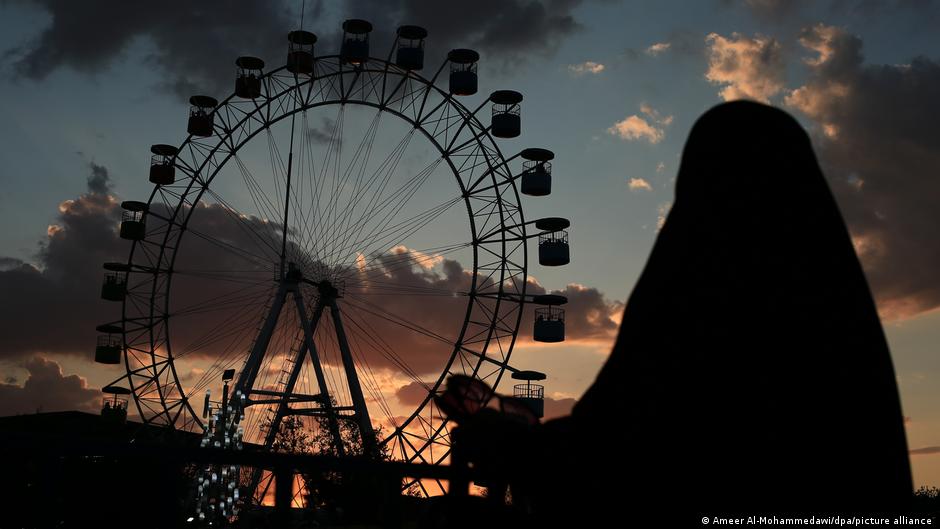
Seeking pleasure in Baghdad: This Iraqi woman watches the hustle and bustle in Baghdad's largest amusement park, which attracts many of the city's inhabitants after the month of fasting (image: dpa/picture-alliance) -

In full regalia: Magnificently decorated horsemen from the Zazzau Emirate, a traditional state in Nigeria, celebrate a ritual in Kaduna to mark the end of Ramadan (image: REUTERS/Marvellous Durowaiye) -
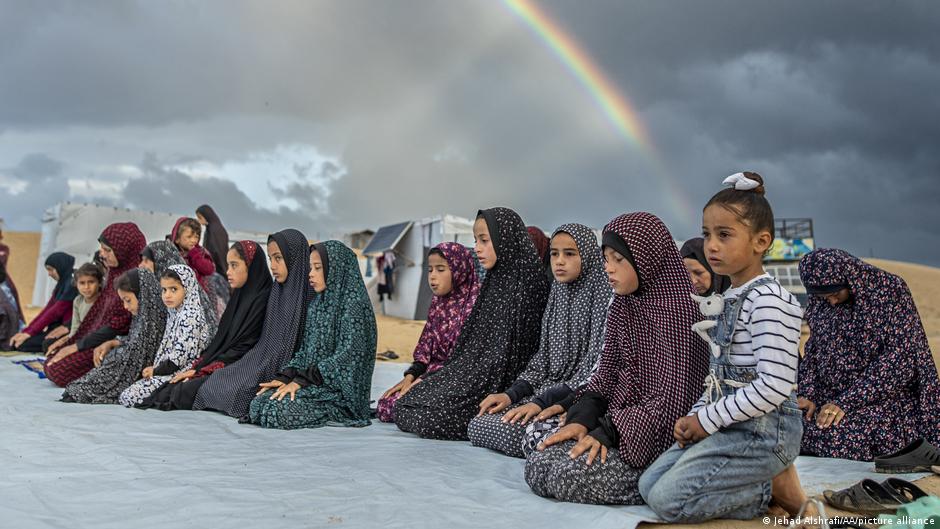
Celebrating Eid in times of hardship: Muslims all over the world celebrate Eid ul-Fitr, though some perhaps more exuberantly than others. Seen here are children praying outdoors at a south Gaza refugee camp near the border with Egypt (image: Jehad Alshrafi / Anadolu)
https://qantara.de/en/node/43771
Link
To all image galleries
